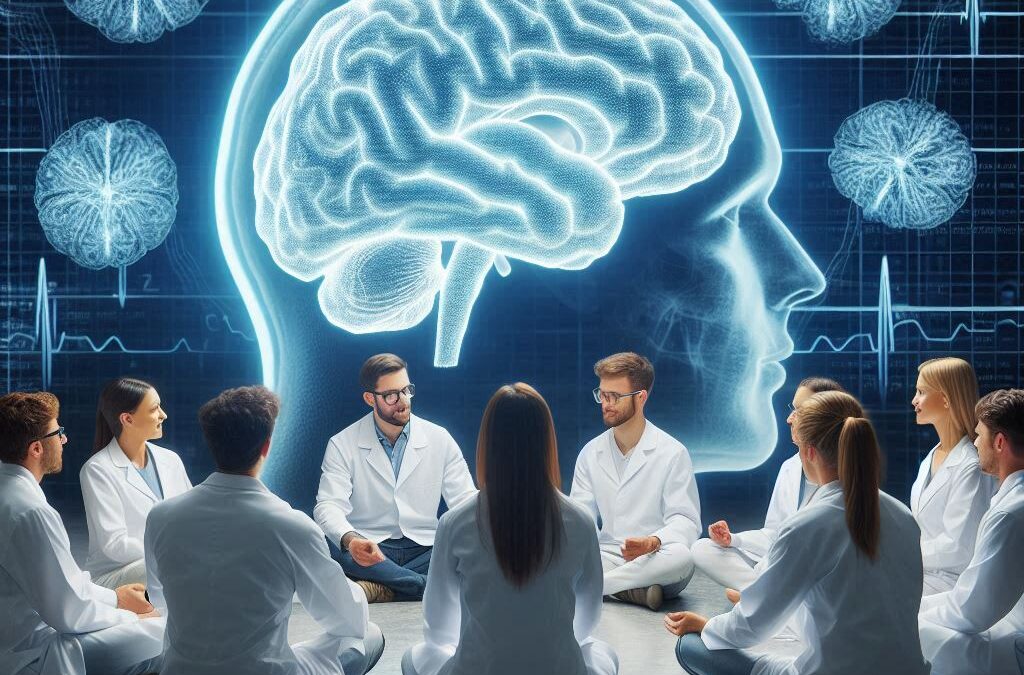In a Nutshell
How is spirituality intersecting with science in groundbreaking ways at one of the world’s top institutions? The Massachusetts Institute of Technology (MIT) has ventured into exploring the science behind spiritual experiences. Using neuroscience, MIT researchers and educators delve into how meditation, mindfulness, and spiritual practices impact the brain. By studying brainwave patterns, neuroplasticity, and the biochemistry of meditation, MIT’s programs are bridging the gap between spiritual practices and hard science, sparking new insights into how ancient practices might reshape mental health and consciousness.
Spirituality and Science: A Convergence at MIT
In recent years, the walls between science and spirituality have started to blur, thanks to institutions like MIT. A school known for engineering, technology, and mathematics, MIT now acknowledges the profound impact that spiritual practices can have on the human mind. They’re not just accepting spirituality in abstract terms; they’re analyzing it through the lens of neuroscience.
Courses like MIT’s “The Science of Spirituality” explore the physiological and psychological changes linked to spiritual practices like meditation, breathwork, and even prayer. With the advent of advanced brain imaging techniques, researchers can now observe how certain practices alter brain activity in real-time. For instance, functional magnetic resonance imaging (fMRI) and electroencephalograms (EEG) show how meditation affects brain wave frequencies, altering states of consciousness and promoting calmness.
Neuroscience’s Role in Spirituality
At the core of MIT’s exploration is neuroplasticity, the brain’s ability to rewire itself in response to experiences. Meditation, for example, is shown to strengthen the prefrontal cortex, the area responsible for attention and impulse control. Studies reveal that long-term meditators experience less stress and have an enhanced ability to focus, a finding that bridges spirituality with cognitive benefits measurable by neuroscience.
Another fascinating area of study is the default mode network (DMN), often referred to as the “self-referential” part of the brain. When people engage in deep meditation or experience a “spiritual high,” activity in the DMN decreases, leading to a reduced sense of self—a concept often described in spiritual teachings as “ego death.” Neuroscience suggests that reducing DMN activity allows individuals to feel more connected to the world, creating feelings of oneness often described in spiritual literature.
Real-World Impact: From Personal Health to Global Peace
MIT’s work doesn’t just stop at academic theory; it has real-world applications. Programs that combine neuroscience-backed spiritual practices are being implemented to reduce anxiety, enhance mental resilience, and even improve interpersonal relationships. By understanding how spirituality can help rewire the brain, practitioners can potentially combat issues like depression and PTSD. The military, for instance, has shown interest in mindfulness training for soldiers, helping them better manage stress and adapt to challenging environments.
In one remarkable case study, David Vago, a neuroscientist with an MIT background, has researched how mindfulness affects brain chemistry, contributing to mental health benefits. Vago’s research supports the idea that spiritual practices can provide non-pharmaceutical interventions for anxiety and depression, aligning with ancient practices while utilizing modern science.
Why This Matters: A Cultural Shift Toward Integrative Health
MIT’s foray into spirituality represents a shift in academic and scientific culture, breaking down the stigma that once surrounded non-materialistic views of human consciousness. As science acknowledges the mental health benefits of spiritual practices, universities like MIT set the stage for a future where spirituality and science walk hand-in-hand. The implications are broad and significant, potentially transforming how society views mental health, mindfulness, and personal growth.
Sources:
- Vago, D., et al. “The Neurological Basis of Meditation.” MIT News, 2022.
- “Neuroscience of Meditation.” Mind & Life Institute.
- Harvard Gazette, “Spirituality and Neuroscience.”

